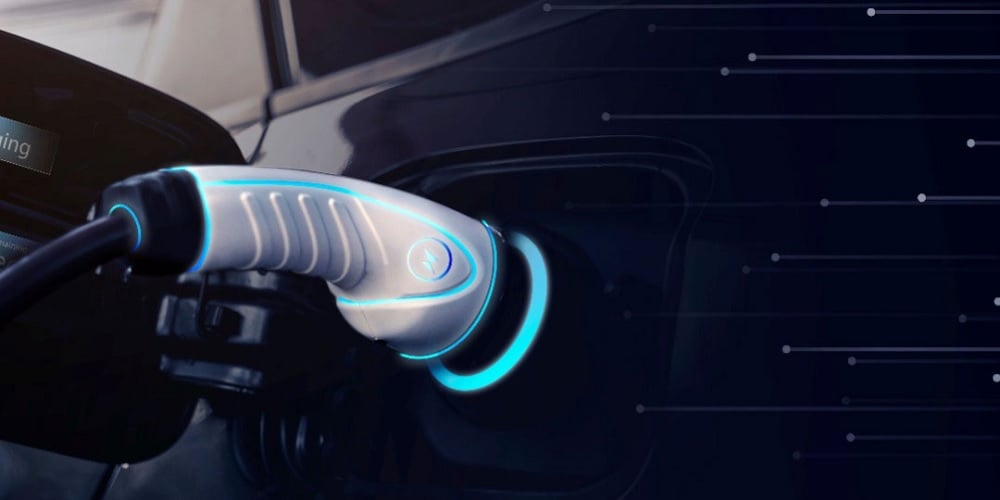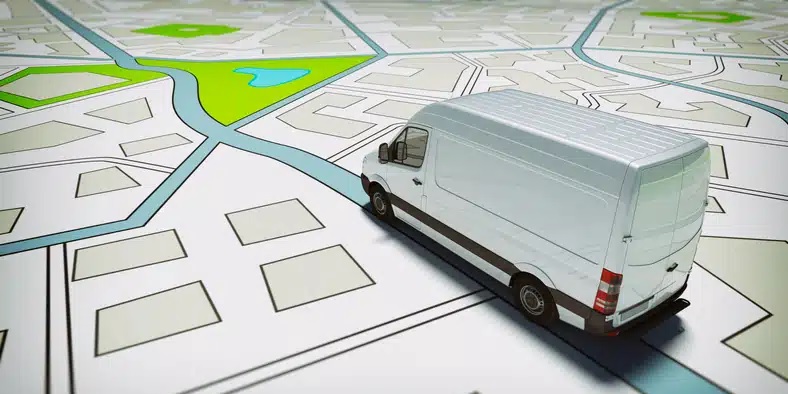How to reduce government cost with an electric vehicle business model

The future looks bright for electric vehicle (EV) growth, especially when it comes to cutting costs. Estimates suggest that EVs are three to five times cheaper than gasoline and diesel vehicles, making them a perfect solution for lean government budgets.
Organizations would do well to embrace the EV transition, making the most of their potential cost savings with an electric vehicle business model. But what does that look like? How can it be achieved?
Let’s take a closer look at what you can expect as a fleet manager.
The cost benefits of an electric vehicle business model
Research continues to show great promise for the cost-effective nature of EVs. According to the evidence, they are:
- Easy to maintain: Gone are the days of complex engine repairs and messy fluid changes. The EV requires simple and straightforward maintenance that is easily accomplished by a trained professional. Also, with fewer moving parts to consider, you can save roughly two cents per mile compared to traditional vehicles.
- Cheaper to operate: EVs require much less fuel to get from point A to point B. Depending on your location and the type of vehicle in question, you may not need to fuel your vehicle at all. This means you can save up to $1,000 per year on gasoline expenses alone and use the money for other aspects of ownership (such as maintenance or up-fitting expenses).
- Simpler to idle: Idling can have a dramatic impact on the function of traditional vehicles. The average gas car with a twelve-gallon tank can only idle for 7.5 hours, wasting gallons of fuel and damaging engine components that require maintenance to repair. However, EVs can idle for a full day without needing to recharge. Since they run on motors and not engines, there are far fewer consequences for technicians and your budget.
With these benefits in mind, let’s look at building an electric vehicle business model for your public fleet.
How to build an EV business model
If you want to save money for your government organization, starting with an electric vehicle business model only makes sense. But to implement this effectively, you need to begin with the basics, including the following three points.
1. Develop an EV plan
Before considering your options for purchasing EVs, you need to build a comprehensive plan outlining exactly what you intend to do.
Ask yourself:
- How do you want to pace yourself?
- What types of vehicles do you need?
- Are there existing partnerships to leverage?
Remember, the Biden Administration’s Executive Order does have implications for 2035. Federal organizations may need to plan with a hard deadline of twelve years or less.
If you’re not sure how to get started, the professionals at Sourcewell can help. They partner with several groups to promote EVs with dedicated planning information, including vehicles and equipment on contract, that may be of interest to your organization. You can check out other resources at Drive Electric Fleets to develop an EV transition plan at your own pace.
2. Determine the extent of new infrastructure
EVs have secondary components not usually required by traditional vehicles. You may also need additional components or parking spaces, particularly with access to charging ports and other technology.
Determine in advance how many charging stations your facility needs. If you employ a large number of drivers, ask yourself: how many of them will need training regarding EV maintenance and upkeep? It’s better to be safe than sorry, and over-communication is often an effective strategy for transition.
3. Partner with cooperative contracts
Cooperative contracts can help you find the tools that you need to transition to an electric vehicle business model. You can rely on economies of scale to remain on budget while still accessing top-of-the-line equipment and tools.
Thousands of government entities rely on Sourcewell to reduce transitional costs to the greatest degree. You can look for equipment, vehicles, and even tracking software that meets your needs at any stage of the EV vehicle transition.
Sourcing cooperative contracts to kickstart your journey
If you’re a school or government entity in North America, you can rely on Sourcewell to procure electric fleet vehicles on a timeline that works for your organization. It can help you:
- Choose competitively solicited bids from national suppliers to find excellent equipment at affordable rates.
- Easily survey contractual information to ensure compliance for your organization.
- Fast-track the manual RFP process and look for suitable suppliers fast.
When you’re ready to get started, cooperative contracts are available to browse at any time.
See how easy it is to get the EV fleet you need without the hassle using Sourcewell’s cooperative purchasing program. Streamline the public procurement process by choosing from hundreds of suppliers already on contract. Sourcewell’s procurement experts competitively solicit and award contracts on behalf of 50,000 participating agencies in North America. Sourcewell has been a government-empowering organization since 1978. Check out our contracts here.


